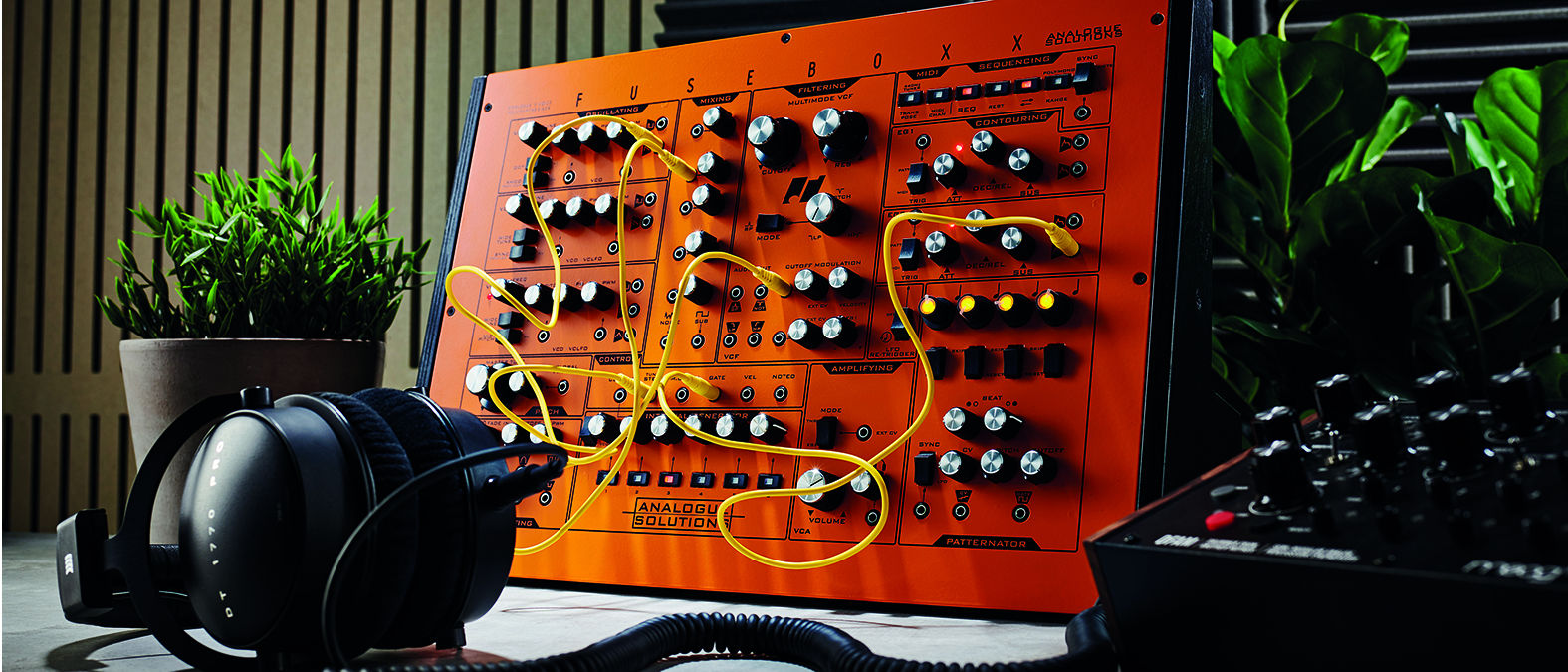MusicRadar Verdict
Takes an already excellent design and adds more, while improving functionality. The core remains the same so maybe not an upgrade machine but definitely one for the shortlist if looking for a new semi-modular synth.
Pros
- +
Authentic vintage-style sounds.
- +
Lots of versatility from patching.
- +
Patternator is great for creating interest.
- +
Built-in tuner.
Cons
- -
Some switches feel a bit weak.
MusicRadar's got your back
Analogue Solutions Fusebox X: What is it?
If you think you may have seen the Fusebox X before you’d be forgiven: it does look familiar to the previous incarnation. Look a little closer, however, and you start to spot the differences.
Newly black switches; silver-ringed patch points; a sequencer in place of the old arpeggiator and a new tuner, (something we wish more synths had). The big change is behind the scenes: the switch from monophonic to paraphonic, which really gives the X a little extra, but more on tones later.
For those not accustomed to the Fusebox in either of its guises, the synth itself is a fairly large unit, although not deep. As it ships it sits upright on the desktop, with a shallow section to the rear that adds support and houses the power, audio output, plus the MIDI in, out and through ports.
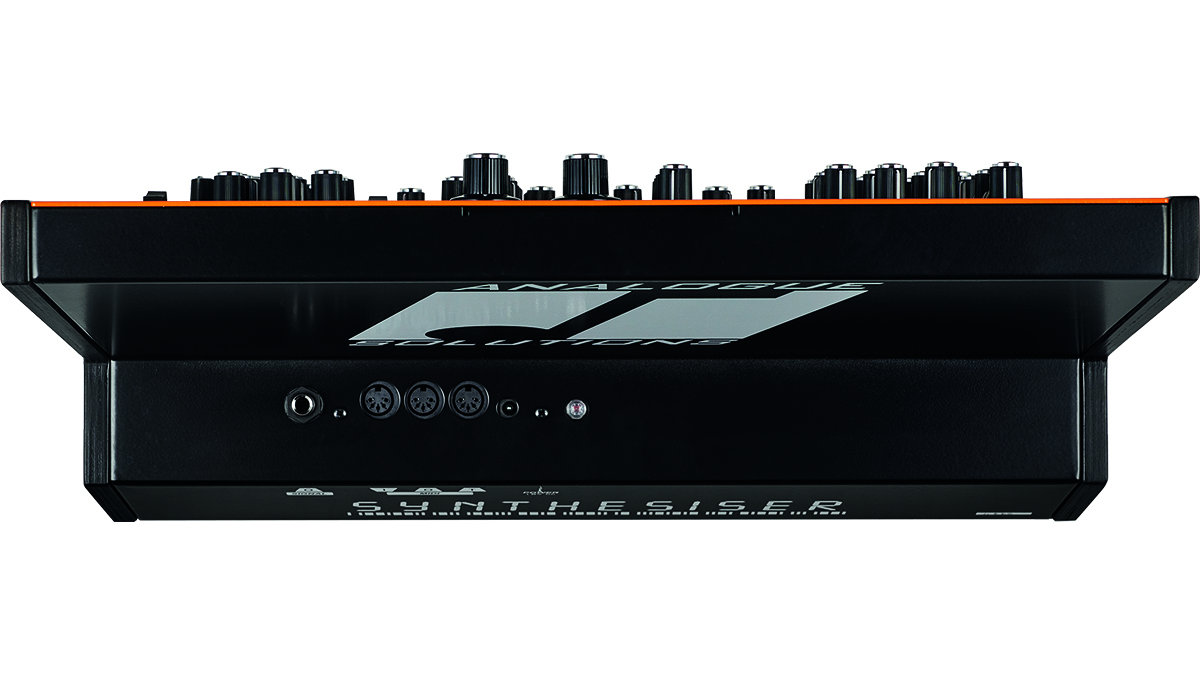
This will suit many and is a definite plus for those with limited desk space but if you prefer a console approach you can unscrew the front panel, twist it around and screw it back in. You’ll be left with a spare screw and an empty hole but that’s a small price for working comfortably.
The wooden cheeks are nicely cut and, as with the rest of the synth, feel well built. The only area that feels a little weak would be the centre of the front panel. When patching here there’s a little movement between patch points and the front panel but this doesn’t seem to cause any issues. The rocker switches also tend toward the flimsy but they work fine and you can tell when they are engaged without any problems.
On the flip side, all the rotary controls feel excellent: good amounts of resistance, lovely tactility and all have clear markings to aid seeing positions at a glance.
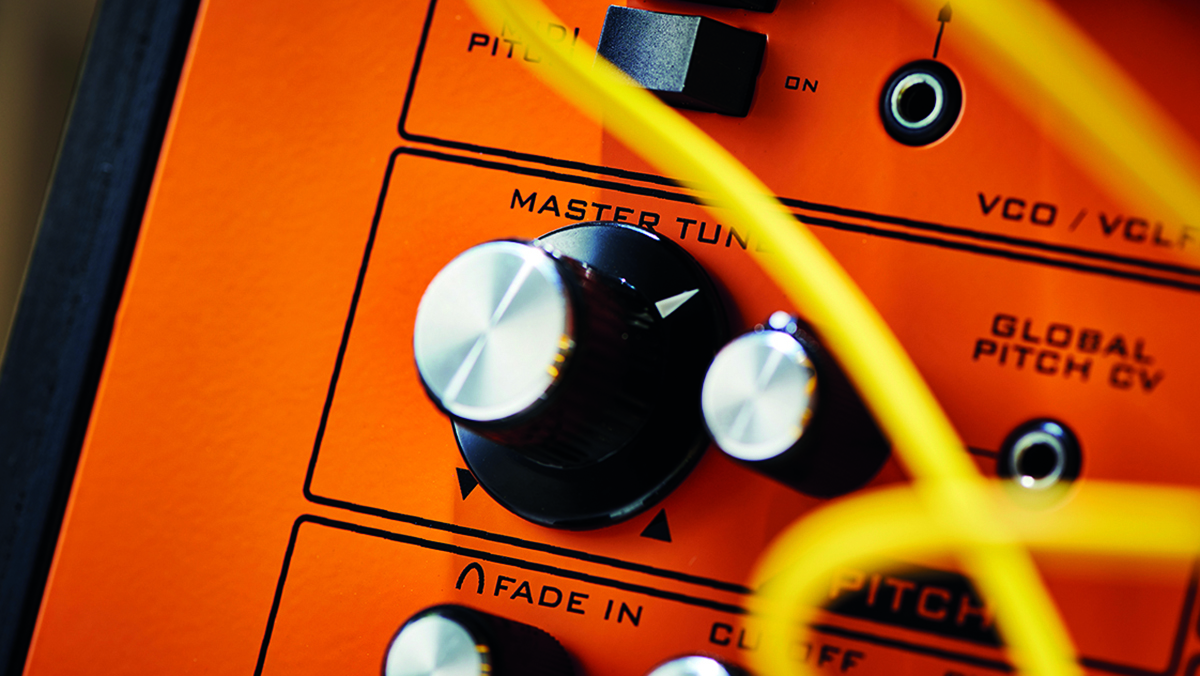
Analogue Solutions Fusebox X: Performance and verdict
A quick rundown of the front panel starts with the VCOs, the first and second offering pulse and saw outputs, with controls for pitch and pulse width. VCO 1 can be cross-modded from VCO2, which replaces its octave switch with a wide tune switch, allowing for a much-extended range. VCO3 also has a wide tune switch, as well as a MIDI pitch switch.
All VCOs can have their pitch set manually and there’s a built-in tuner to aid precision, as well as a patchpoint for defining pitch with CVs. The same applies to pulse width modulation. There’s also a master tune knob with its own CV input, so the VCO labelling of ‘detune’ makes more sense.
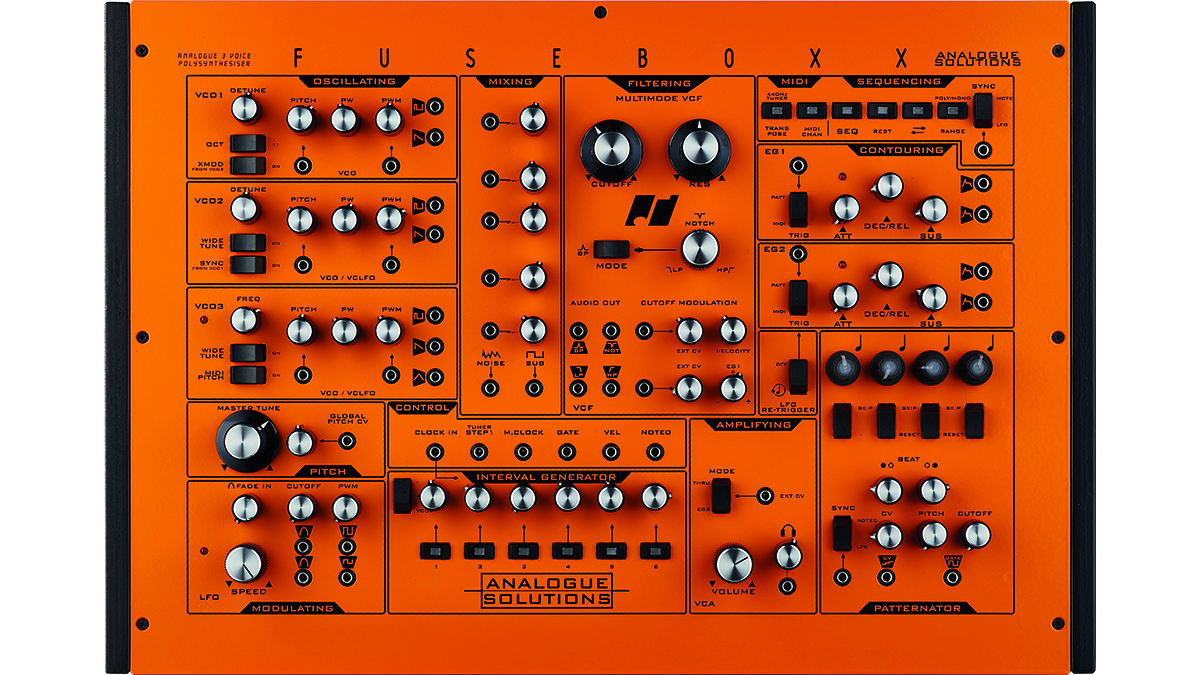
The mixer section is next, with five inputs, plus a sub and noise generator. Then we hit the filter section. This is one of our highlights of the Fusebox X. There is an SEM-based multimode filter, which sounds fabulous and offers a lot of versatility. Cutoff and Resonance (which is self-oscillating) knobs dominate above the LP, Notch, HP pass control, which sits alongside the band-pass mode switch.
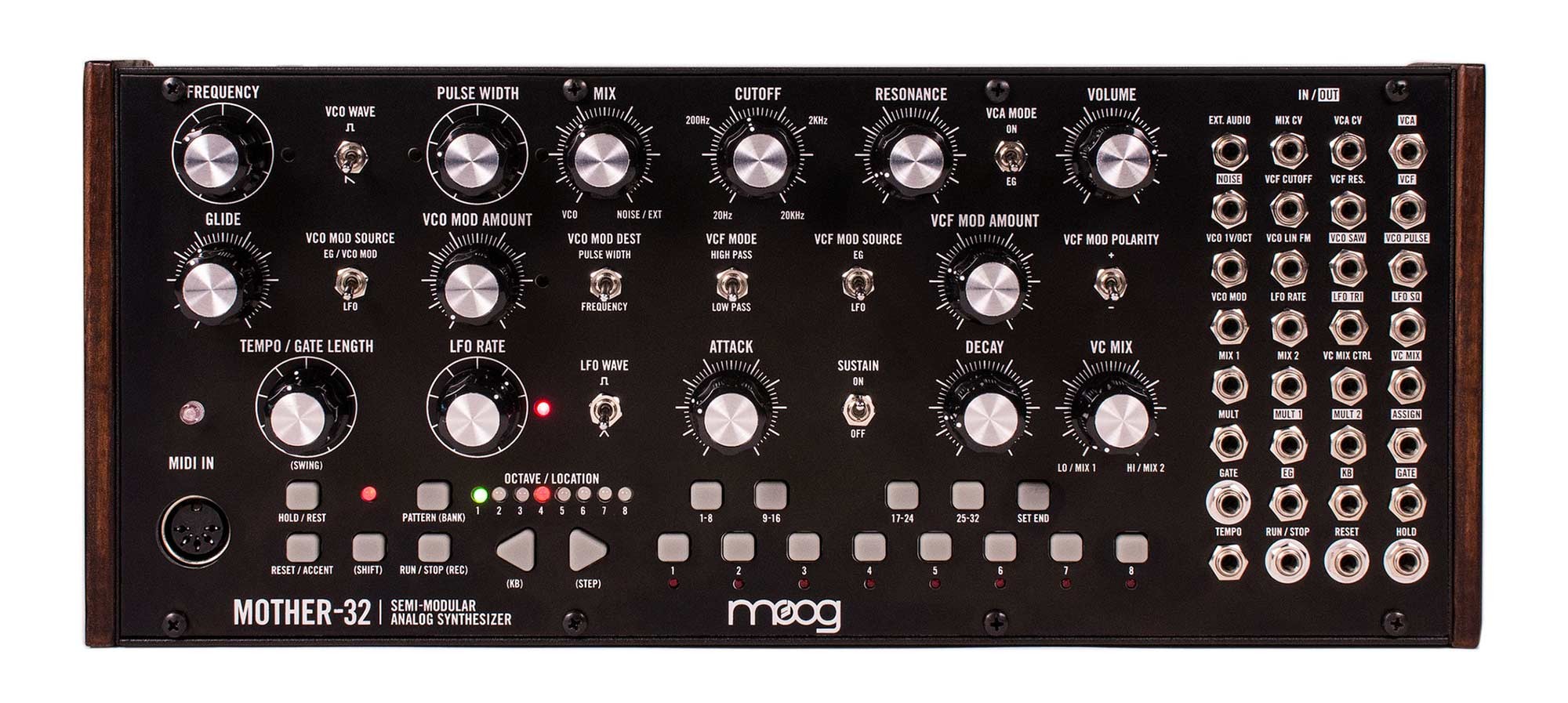
• Moog Mother-32
Moog’s well-established semi-modular synth offers a sequencer and MIDI alongside the much sought-after Moog tones and having patch points to one side helps keep things neat.
• Pittsburgh Modular Microvolt
The Microvolt is a small semi-modular synth with lots of variety in tonal output. Its small form factor make it great for the more nomadic musician.
There are audio outs for each mode and cutoff modulation controls for CV, envelope and velocity. Dialling in a tone here is a joy, the filters sound authentically vintage yet seem somehow modern too and aid in nailing desired tones.
The envelope generators are identical, with controls for attack, decay/release and sustain and can be triggered by the patternator or MIDI and each has a pair of CV outs.
As with many analogue synths, you could play it by plugging in a MIDI controller/keyboard but the Fusebox X makes a big deal of not needing this, for really musical and expressive results. The sequencer, patternator and interval generator work together to ensure the X is like a giant toybox of musical ideas, where experimentation is rewarded with every twist of a knob.
Although a programmable sequencer is a great addition, it will likely be the patternator and interval generator that are the biggest causes of musical joy. The patternator can be used for adding all manner of interest to a sequence, or even a single note.
The patternator and interval generator will be the biggest causes of musical joy
At its heart, it’s a set of four knobs that can each affect the range of whatever you define as the destination. Say a simple LFO sweeping the cutoff isn’t enough: use the patternator to step through up to four values. You can skip or reset each step with a switch, and sync to notes or the LFO for free-running patterns as well as patch gates and CVs.
As a system for exploring ideas and tones, it’s fantastic and reaches new heights once the interval generator comes into play. This section lets you transpose whatever pattern you have playing and transpose it six times, with the range defined by rotary controls, below which sit corresponding switches where you can manually engage a chosen transposition. This can be done with CV too, so it’s easy to explore ideas, then allow it to run without your input, freeing up your hands.
There is a single LFO aboard but it works hard. As well as four CV outs with various shapes it has hardwired controls for cutoff and PWM, overall rate control and even a fade-in knob, something not often seen but very welcome.
The VCA is the final part of the puzzle, which includes a headphone jack with separate volume control, as well as a switch to choose between CV-through or envelope mode.
There’s much more to talk about here, like MIDI and control CVs but, other than the experimental nature of the synth, it has to be the polyphony and tones that make it special. Even as a mono synth the X sound wonderful. It’s rich and deep and beautifully vintage sounding. Add in the three voice paraphony, with a click of a switch and it sings. A slight amount of detune works wonders for breadth too, adding another layer of interest and detail to the already fantastic tones.
MusicRadar verdict: Takes an already excellent design and adds more, while improving functionality. The core remains the same so maybe not an upgrade machine but definitely one for the shortlist if looking for a new semi-modular synth
Analogue Solutions Fusebox X: Hands-on demos
Analogue Solutions
Starsky Carr
Analogue Solutions Fusebox X: Specifications
- KEY FEATURES 3 VCOs can run polyphonically, SEM based filter, Sequencer, Patternator.
- CONTACT: Analogue Solutions
Brace yourself: Bryan Adams didn’t buy his first real six-string in a five and dime
“Nobody listens to one genre. I literally don’t know anybody who listens to one genre. You can be a fan of so many different artists at once”: Laufey on what Gen Z can teach the rest of us about how to appreciate music
Bon Iver - ranked: from Sable, Fable to For Emma, Forever Ago
